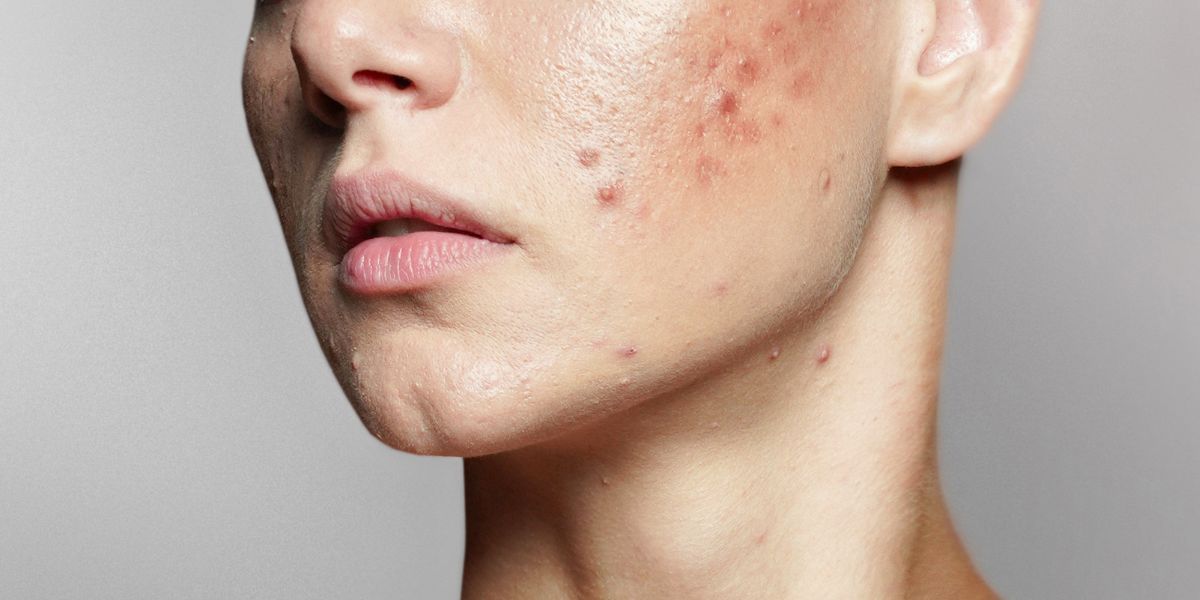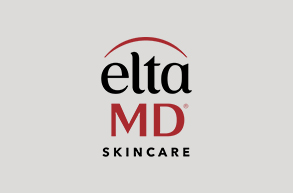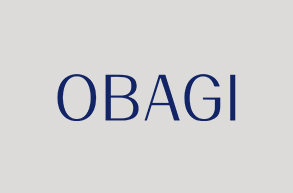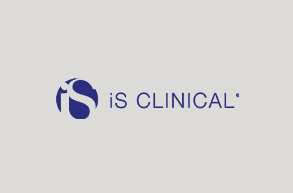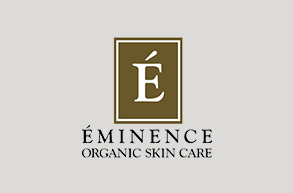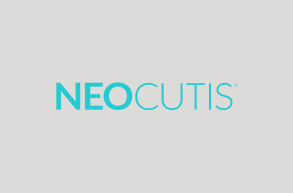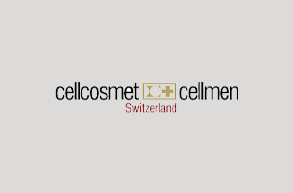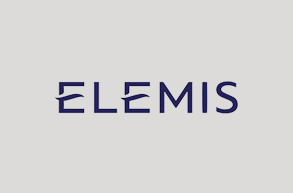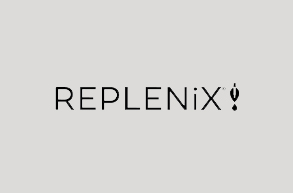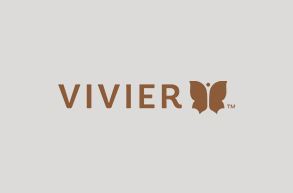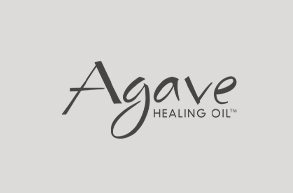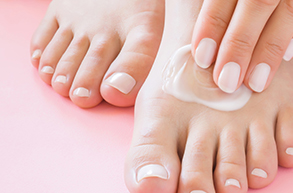What is an Infected Pimple?
Infected pimple, also known as a pimple with secondary bacterial involvement, occurs when the hair follicle or oil gland within a pimple becomes inflamed and infected by bacteria. This bacterium is normally present on the skin's surface but can multiply within clogged pores, leading to inflammation and infection.
An infected pimple can be painful, red, swollen, and filled with pus. The signs of an infected pimple include:
- Increased Redness: The area around the pimple becomes more red and inflamed than usual.
- Swelling: The pimple and the surrounding skin may become swollen and tender to the touch.
- Pain: Infected pimples can be more painful than regular pimples due to the inflammation and pressure from the accumulated pus.
- Pus Formation: The pimple may develop a white or yellowish head filled with pus.
- Increased Warmth: The area might feel warmer to the touch due to the inflammation.
- Spreading: In some cases, the infection can spread to nearby skin, leading to the development of more pimples in the surrounding area.
- Fever: In severe cases, an infected pimple could lead to fever, indicating a more serious infection.
How to Treat Infected Pimples at Home?
Keep it Clean: Gently clean the area around the infected pimple with a mild cleanser and warm water. Avoid scrubbing harshly, as this can worsen the inflammation.
Warm Compress: Applying a warm, damp cloth to the infected pimple for 10-15 minutes a few times a day can help reduce pain and encourage the pimple to come to a head, allowing the pus to drain.
Don't Squeeze: While it might be tempting to pop the pimple, avoid doing so as this can worsen the infection and potentially spread bacteria. Popping the pimple incorrectly can also lead to scarring.
Topical Antibiotics: Over-the-counter antibiotic creams or ointments containing ingredients like benzoyl peroxide or neomycin can help fight bacterial infection. Apply as directed.
Doctor's Visit: If the infection is severe, spreading, or causing a lot of pain, it's best to consult a dermatologist or a healthcare professional. They might prescribe oral antibiotics or other medications to manage the infection.
Hydration and Nutrition: Drinking plenty of water and maintaining a balanced diet can aid in the healing process by promoting overall skin health.
Hands Off: Avoid touching or picking at the infected area, as this can introduce more bacteria and prolong the healing process.
Treatments to Look for when dealing with Infected Pimple:
Oral Antibiotics: In cases of severe or widespread infection, a dermatologist might prescribe oral antibiotics to help control the bacterial infection from the inside out. It's important to take antibiotics as prescribed and to complete the full course.
Prescription Topical Treatments: If over-the-counter treatments aren't effective, a dermatologist can prescribe stronger topical treatments, such as antibiotics, retinoids, or combination products tailored to your specific skin needs.
Corticosteroid Injections: For large, painful, and stubbornly inflamed pimples, a dermatologist might administer a corticosteroid injection to quickly reduce inflammation and promote healing.
Professional Drainage: In some cases, a dermatologist might perform a controlled and sterile extraction of the pus from the pimple to help speed up the healing process.
What to Expect when treating infected pimples?
When treating an infected pimple, there are a few things you can expect during the healing process. Keep in mind that individual experiences may vary, but here's a general overview of what you might expect:
Initial Improvement: After you start applying treatment, you may notice some initial improvement within the first couple of days. The redness and swelling might start to subside as the treatment works to combat the infection.
Pimple Drainage: If the infected pimple develops a white or yellowish head, it's a sign that the pus is moving towards the surface. This is a natural part of the healing process, and the pimple may burst on its own or with gentle pressure during cleansing. Make sure not to force or excessively squeeze the pimple, as this can lead to scarring and further infection.
Reduced Pain: As the infection subsides, the pain and tenderness associated with the infected pimple should diminish. However, it might take a few days for the discomfort to fully resolve.
Gradual Healing: Over the course of several days to a week, the pimple should continue to heal. The inflammation will decrease, and the skin will begin to repair itself.
Scab Formation: If the pimple bursts and drains, a scab may form over the area. This is a protective mechanism as the skin underneath heals. Avoid picking at the scab, as this can delay healing and lead to scarring.
Skin Peeling: As the healing process progresses, you might notice some mild peeling or flaking of the skin around the affected area. This is normal and can be managed with gentle moisturizing.
Complete Resolution: With proper treatment and care, the infected pimple should eventually fully heal. The redness, swelling, and other signs of infection will gradually disappear. Depending on the severity of the infection, it might take anywhere from a few days to a couple of weeks for the pimple to completely heal.
Follow-Up Care: Even after the infected pimple has healed, it's important to continue with your regular skincare routine to prevent future breakouts and minimize the risk of reinfection. Proper cleansing, exfoliation, and moisturizing can help keep your skin healthy.
When to make an appointment?
It's worth noting that some cases of infected pimples might be more severe and require medical intervention. If you experience worsening symptoms, persistent pain, fever, or if the infection doesn't improve with over-the-counter treatments, it's advisable to consult a healthcare professional or dermatologist for further guidance and potential prescription treatments.
For help building your skin care routine or if you have questions for an esthetician, please create or update your Dermava profile.
